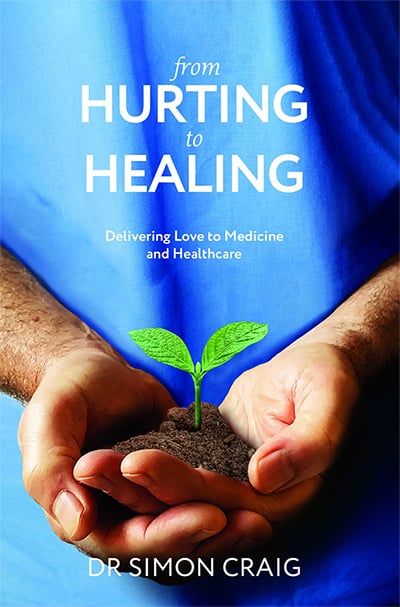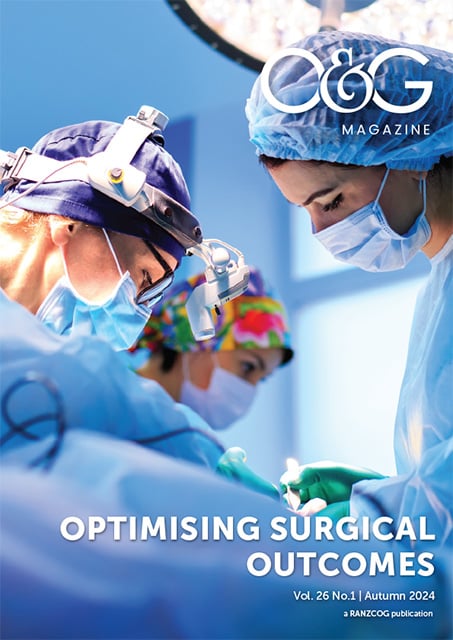Dr Simon Craig describes his book From Hurting to Healing: Delivering Love to Medicine and Healthcare as ‘a love letter to hospitals.’ It’s the sort of love letter you’d write after a long and intimate relationship, affection deepened by living through major life events together, passion tempered by frustration and disappointment. It’s the love letter where you suggest it really might be time for some relationship counselling.
Craig trained as an obstetrician-gynaecologist in Melbourne and practiced in rural Victoria, combining a broad clinical practice with administrative roles. He has reflected deeply on all aspects of his work in hospitals and read widely, including completing a Masters of Positive Psychology. He is a lifelong sporting enthusiast, and the book is peppered with analogies to sporting teams and cultures. It also contains many personal anecdotes, told with an unusual degree of emotional honesty, that will make it especially engaging and relatable for readers.

From Hurting to Healing: Delivering Love to Medicine and Healthcare by Dr Simon Craig was published by Hambone Publishing in 2023
Healthcare is complex, and Craig is not trying to fix the system in its entirety. His interest is in the positive change that can be achieved by examining our attitudes, relationships, and cultures. He points to the way hospital units tend to concentrate on measuring and preventing adverse outcomes, stating that ‘reducing bad does not produce good, it just makes things less bad.’ Without abandoning review of adverse outcomes, he suggests that we shift our focus to what we do well, with the aim of building positive cultures. He cites evidence that this ultimately leads to better patient outcomes, reduced organisational costs, and improved health and life satisfaction for staff. The book is for all the individuals who work within a hospital healthcare team, not just leaders or managers. Craig is clear that a change in team culture involves the input of the entire team.
In laying out his dream for change in hospital cultures, Craig uses words like ‘nurturing’, ‘love’, and ‘connection’, introduces concepts such as hope-mapping and yarning circles, and even suggests allowing managers ‘time to think, dream, create, or contemplate alternative viewpoints.’ He acknowledges the risk of coming across as ‘’airy-fairy” but argues that these are the human elements that must underlie meaningful change in the healthcare system. He successfully combines this approach with a frank assessment of the causes of the widespread suffering currently experienced in hospitals, pragmatic discussion of ways to introduce and measure cultural change, and clear-eyed recognition of the barriers to change. Chapter headings include: ‘Damaging’, Measuring’, ‘Leading’, ‘Communicating’, ‘Belonging’, and ‘Motivating’, are engagingly written in clear language with relevant examples and research.
Will the book make a difference? Many of us have grown cynical after years of working in the hospital system, and I recognised myself (a little sadly) when Craig described the person who has developed the mindset of just doing their work and going home at the end of the day. Nevertheless, I allowed myself to dream of a place where everyone – ancillary staff, junior doctors, nurses and midwives, consultants and administrators – works through the book and meets after each chapter to discuss how it applies to their unit and brainstorm strategies for change. The results could be amazing.





Leave a Reply